8. Wolf Creek
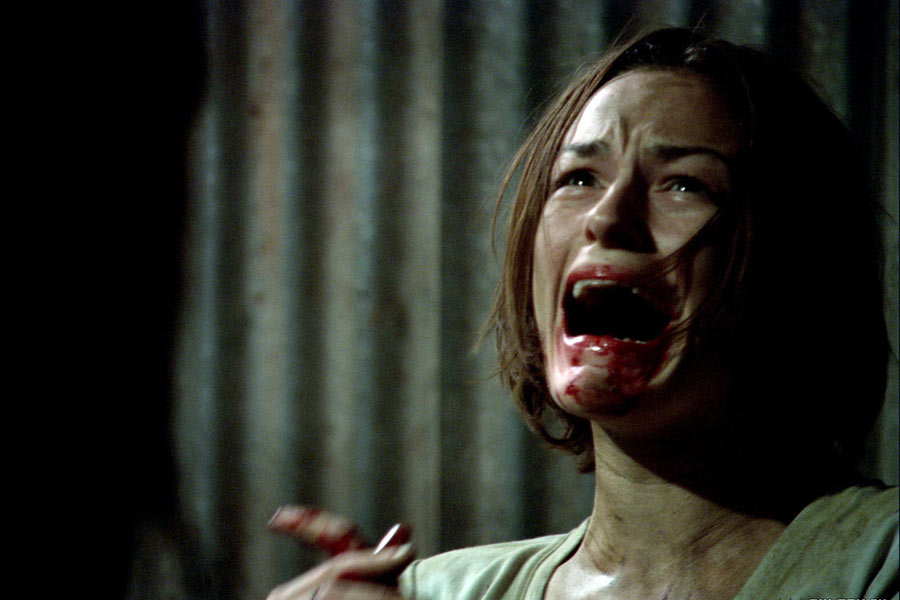
If you were disappointed by the recent mini-series, then there’s never been a better time to revisit the original Wolf Creek, which unlike its TV equivalent maintains the mystique surrounding Mick Taylor (John Jarrett). There are no flashbacks to Mick’s messed up childhood here, no psychobabble and the movie avoids the trite is-he-dead-or-isn’t-he ending.
Greg McLean’s debut feature is so potent, in fact, that the film’s Australian release had to be delayed lest its story of a psychopath hunting tourists in the outback influence the trial of an Australian accused of murdering a British backpacker. Had the movie been a stylized gorefest about a masked lunatic with a chainsaw, it wouldn’t have been half as controversial.
Jarrett once fronted a TV gardening programme, which is curiously apt because when we first meet him, Mick is playing to an audience, gaining their trust with his superficial charm and old school know how before allowing his mask to drop. In a movie with no shortage of disquieting moments, it’s a toss-up which moment is the most unnerving – the sequence where the backpackers realize Mick’s true intentions or his casual threats of violence, including turning one girl into a “head on a stick.”
7. The Mist
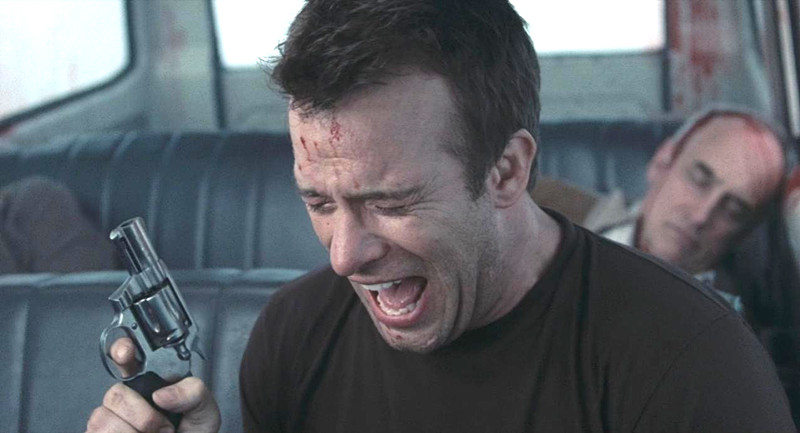
After directing the King adaptations The Shawshank Redemption and The Green Mile (and receiving three Oscar nominations in the process), Frank Darabont again turned to his favourite author for inspiration and made one of the best horror movies of the 2000s.
One thing you notice about The Mist now is how many of the film’s actors – Melissa McBride, Laurie Holden, Jeffrey DeMunn, Sam Witwer, Juan Gabriel Pareja and Tiffany Morgan – later appeared in The Walking Dead, but this is a much darker vision of humanity than appears on AMC. The real horror in this film isn’t the monster lurking in the mist but the reactions of the people trapped inside a grocery store, whose behaviour becomes increasingly erratic as the world falls apart.
Like King’s novella, it’s essentially a 50s monster movie given a modern spin, but Darabont gives the material a more downbeat feel and adds what turns out to be one of the movie’s most memorable scenes – a grim ending that’s very different from the source material. The perfect post-9/11 monster movie, The Mist brings on the apocalypse not by imitating George Romero’s vision but by throwing regular people (flawlessly played by a terrific cast) into an irregular situation and watching them react.
6. 28 Days Later
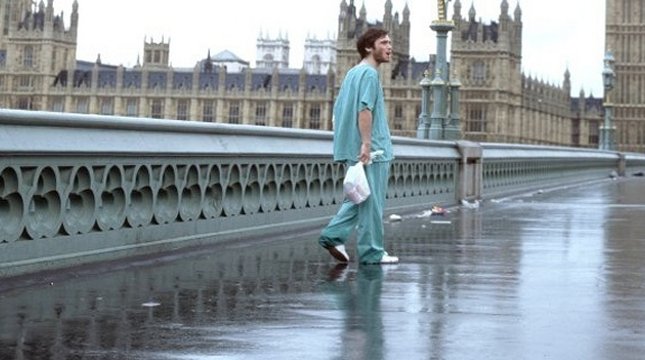
Many pictures claimed to be the “best British horror film since Hellraiser” but 28 Days Later is the real deal, and just like Clive Barker’s film it’s a landmark picture that ushered in a new era of horror.
Taking its inspiration from George Romero’s zombie films (though without a single walking cadaver in sight), the film offers one of the most uncomfortable (and uncomfortably believable) accounts of social collapse ever seen in a British film. Working from a script by Alex Garland (Ex Machina), director Danny Boyle remains true to the spirit of Romero’s films while eschewing their humour and pseudo-scientific explanations. The result impressed Stephen King so much that he bought out a showing of the picture in New York City.
The film achieves its extraordinary effects by dropping many of the traditional motifs associated with zombie films in favour of playing on the more modern fear of disease, and will remain the ultimate apocalyptic vision for some time – until our fears change, anyway.
5. Inside
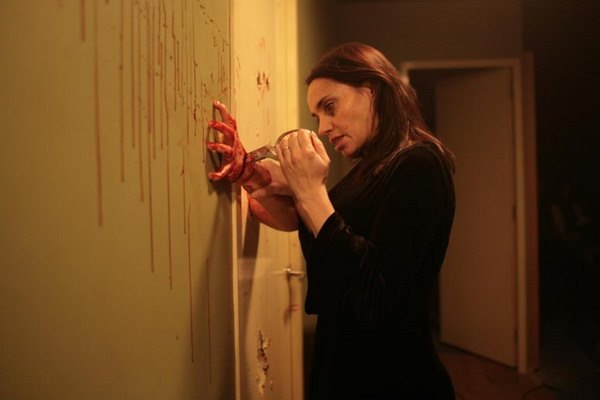
Leave it to the French, the only filmmakers more twisted than the Japanese, to come up with this messed-up home invasion story, which on the surface doesn’t seem so big a deal. With its minimal cast and locations, Inside doesn’t promise to stretch the boundaries of horror overmuch, but just wait.
It’s Christmas Eve and Sarah (Alysson Paradis) is preparing to give birth to her first child when she’s imprisoned in her home by a mysterious woman who kills anyone that attempts to help her. This stranger turns out to be the midwife from hell, determined to deliver the child, steal it and raise it as her own.
Though it came out in the middle of the so-called “torture porn” wave, Inside doesn’t really belong in a box with Saw, Hostel, Captivity et al, and clearly wasn’t made for an audience of teenage boys. Turning their back on the lowest common denominator, directors Alexandre Bustillo and Julien Maury instead amp up the claustrophobia. Their forthcoming Texas Chainsaw Massacre prequel must really be something.
4. Frontiers
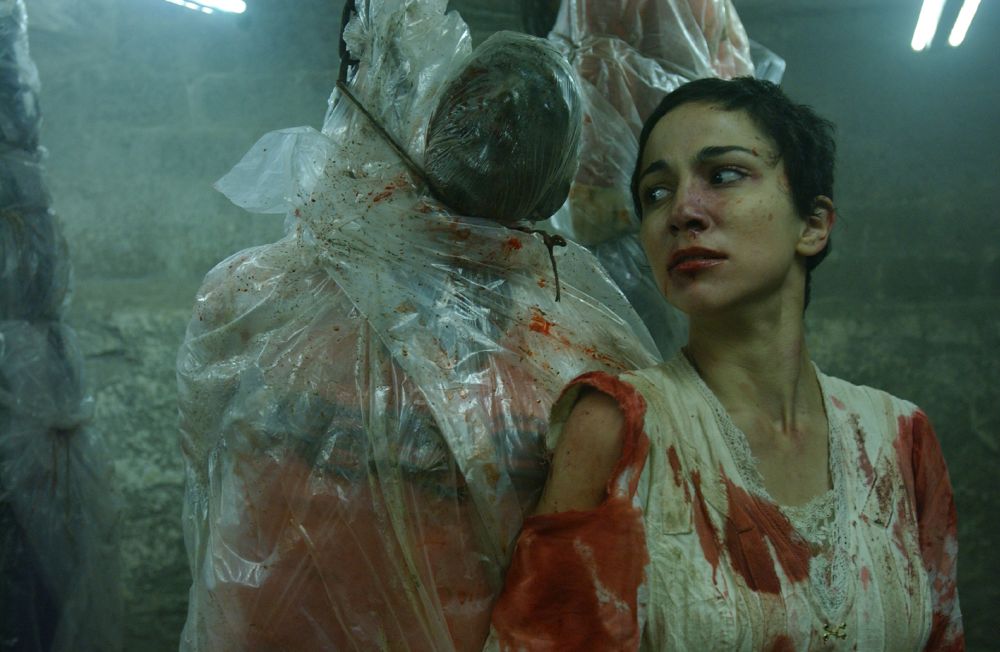
Making his feature debut, Xavier Gens (Hitman) takes no prisoners and delivers one of the best meat movies never to feature Leatherface, throwing in everything from cannibalistic neo-Nazis to mutant children. Heads explode, bodies are ripped apart by a circular saw and heads are bashed in, but what makes Gens’ movie stand out from the pack is the setting.
It’s the not-too-distant future, where the extreme right wing is vying for control (“We’re where America was 10 years ago,” says one character, “we’ve got our George Bush now”), leading to riots that leave the cities ablaze. Taking advantage of the chaos, a group of Muslim Arab youths attempt a robbery that goes wrong and leaves them running for their lives, but they can find no refuge even in the middle of nowhere.
Seeking shelter at an isolated hostel, the gang encounters a group of fascists who refer to them as “half breeds” and set about dispatching them in the grisliest ways possible, even cutting one member’s Achilles tendons before locking him in a shed with pigs. The subtext is as loud as a jukebox: if politicians freely preach hatred and violence, what are the consequences?
3. Ichi The Killer
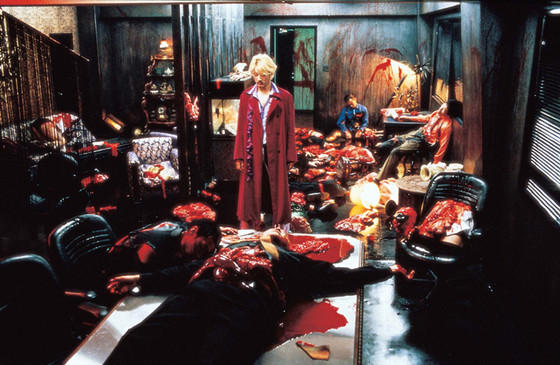
In his second appearance on this list, Takasi Miike delivers what might be the most deranged live action manga adaptation of the 2000s. As is customary with this filmmaker, no subject – be it rape, torture or mutilation – is considered too shocking.
The film follows a series of oddball characters, none more oddball than Ichi (Nao Omori), a hapless loser who’s introduced to the viewer masturbating while a pimp slaps around one of his girls. Ichi later kills them both, in part because of a false memory implanted by Jijii (Shinya Tsukamoto), who’s using him to play two rival gangs off against each other.
The amount of blood shed in the movie places it squarely in the splatter film category: faces are sliced off, a man is cut in half and, perhaps most memorably, a gang boss is tortured by being suspended from hooks. The enforcer responsible later slices off his own tongue as “punishment”, so if you want a traditional gangster picture, look elsewhere.
2. A Serbian Film
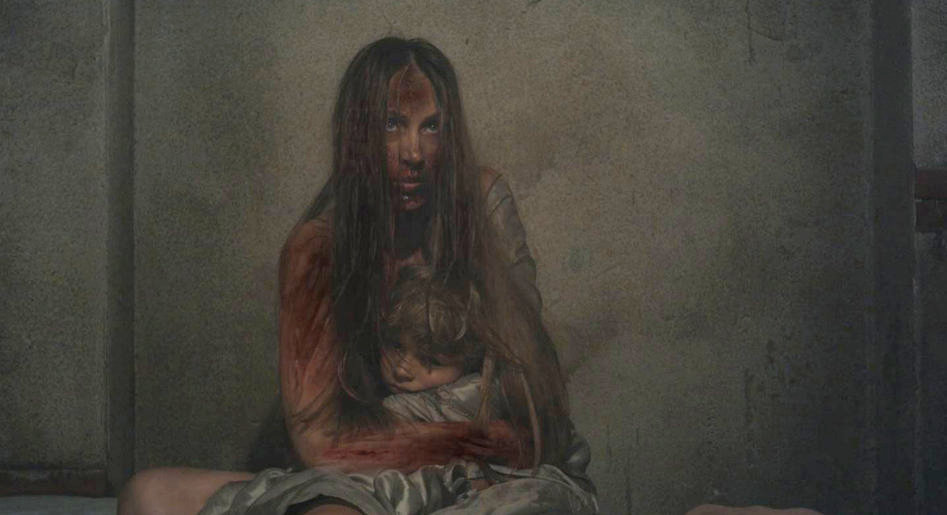
Briefly, the plot of A Serbian Film – to save you from watching it – involves an aging, struggling porn star who agrees to participate in an “art film” without realizing that his director’s brand of pornography involves new born children. The premise is supposedly a dark joke, but it’s difficult to say whether it’s being made at the expense of the film’s characters, the Serbian film industry or the viewer.
Director Srdan Spasojevic claimed his film was a parody of the kind of politically correct features being made in Serbia, but the rest of the world begged to differ and the picture was promptly banned in Australia, Malaysia and Singapore, among other countries. In the UK, the film was trimmed by 4 minutes, excising some of the sexual violence.
Mark Kermode, reviewing the film for the BBC, called it a “nasty piece of exploitation trash” redolent of the excesses of Ruggero Deodato. “If it is somehow an allegory of Serbian family and Serbian politics,” he said, “then the allegory gets lost amidst the increasingly stupid splatter.”
1. Martyrs
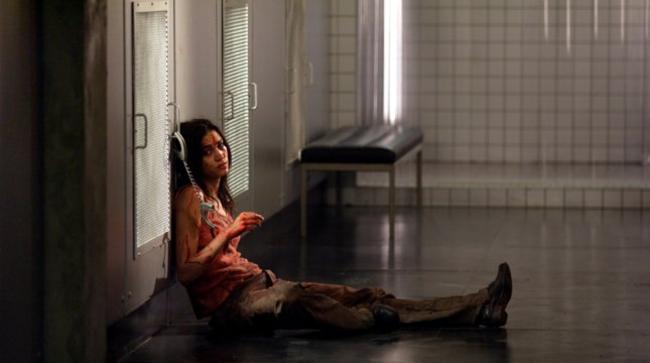
Whatever your opinion of Pascal Laugier’s film, the first 20 minutes certainly grab your attention. When a seemingly innocent family (including their children) are murdered in cold blood, the killer calls a friend and explains that they were the people who kidnapped and tortured her 15 years earlier.
The less you know about what happens next the better because this is a movie you have to experience for yourself, preferably with a breathless, visibly shaken crowd. You can say that it blows its credibility early on, relies too heavily on repetitive scenes of torture and that the final explanation for the crimes is senseless, but it never shies away from its exploration of the depths of human depravity, and therein lies its power.
If it copped out with a “safe” ending, Martyrs would be easy to dismiss (and send up – check out the remake), but it has a single-minded desire to “go there”, and whether or not you want to follow, or think the journey was worth taking, you have to admire its resolve.